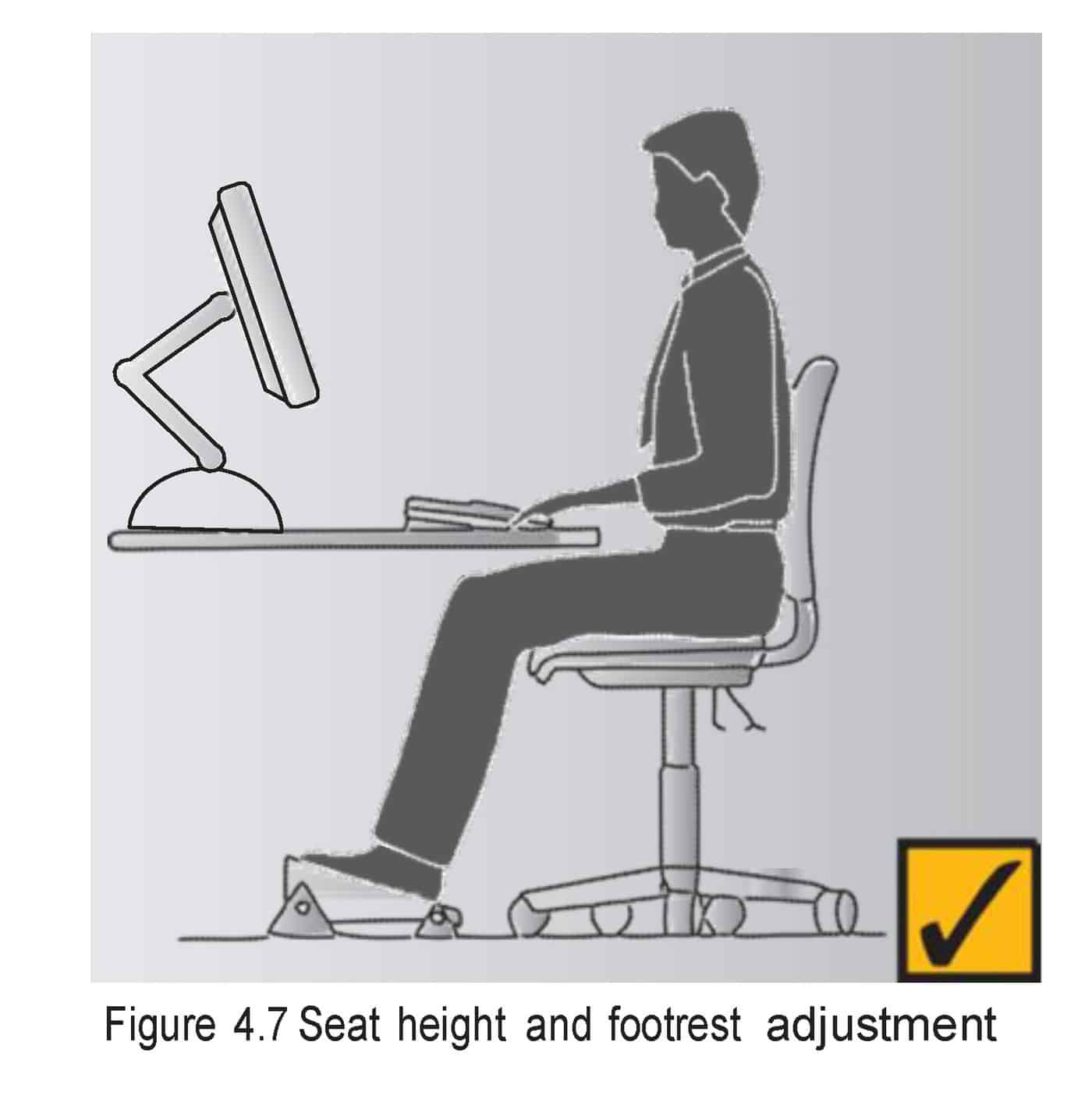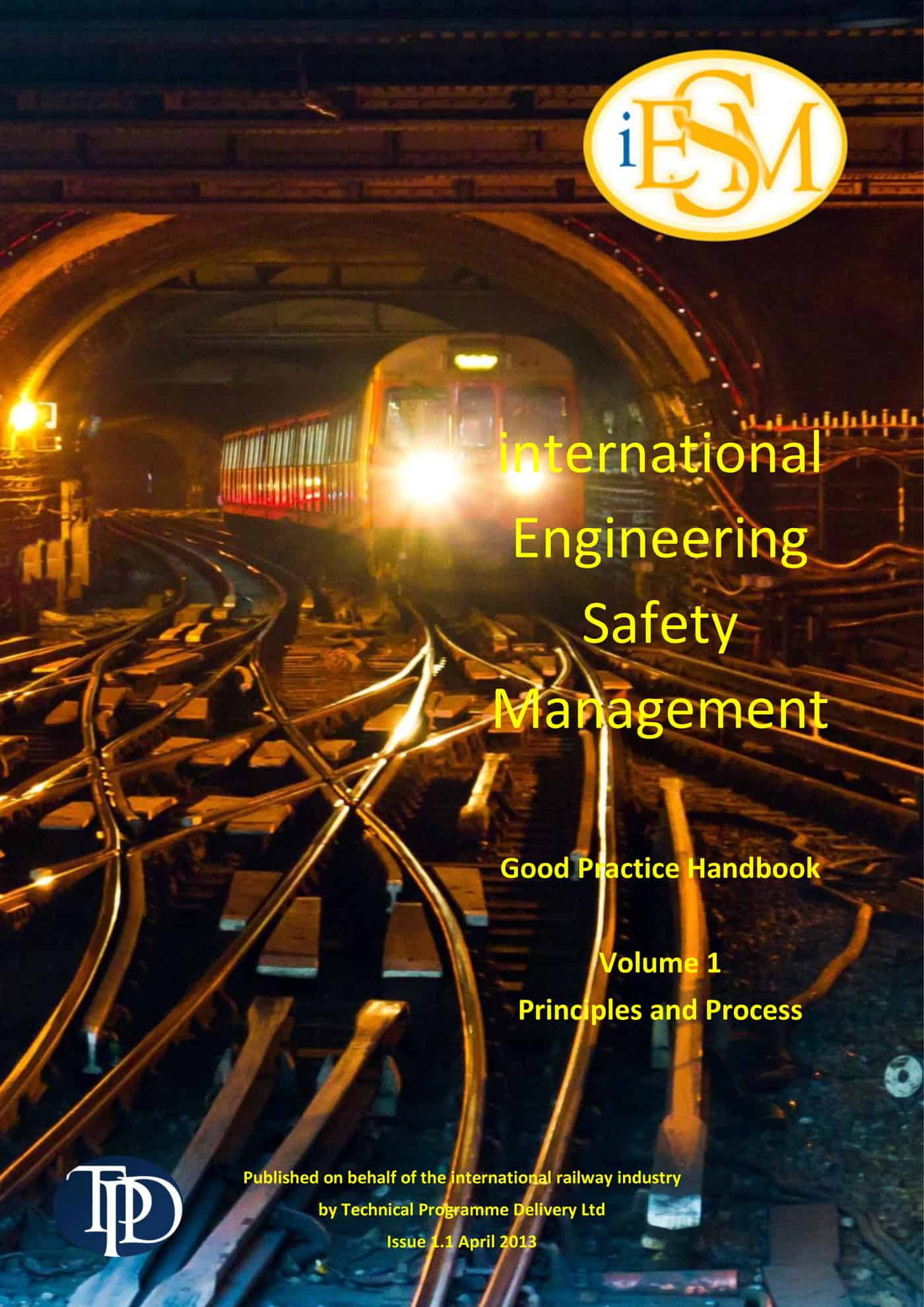Prior to the 2013 election, the Australian media, particular the News Limited newspapers, went to town on the previous (Labor) government over its handling of the National Broadband Network (NBN) strategy. The media sniffed a political vulnerability as it had in the Home Insulation Program and other economic stimulus packages, such as the Building the Education Revolution, even though the economic program is seen by some as a very successful strategy.
The NBN has several OHS contexts but asbestos is the most prominent. NBN needed to install its fibre-optic cables through the established and old infrastructure of a major competitor and partially government-owned telecommunication company, Telstra. Many of Telstra’s old pits were constructed using asbestos.
On 5 November 2013 The Australian newspaper published its latest article on NBN and asbestos but the content of its own article shows how much hyperbole the newspaper has employed in this long campaign and that NBN Co seems to be managing its asbestos safety well. Continue reading “Australian media fishes for bad news on NBN Co and asbestos and misses the good news”


 A diagram of safe posture at modern workstations has become iconic but it has also become a symbol of ergonomic misunderstanding. There are assumptions behind the angular figure about the way modern workers work, the equipment used and the tasks undertaken.
A diagram of safe posture at modern workstations has become iconic but it has also become a symbol of ergonomic misunderstanding. There are assumptions behind the angular figure about the way modern workers work, the equipment used and the tasks undertaken. The
The 